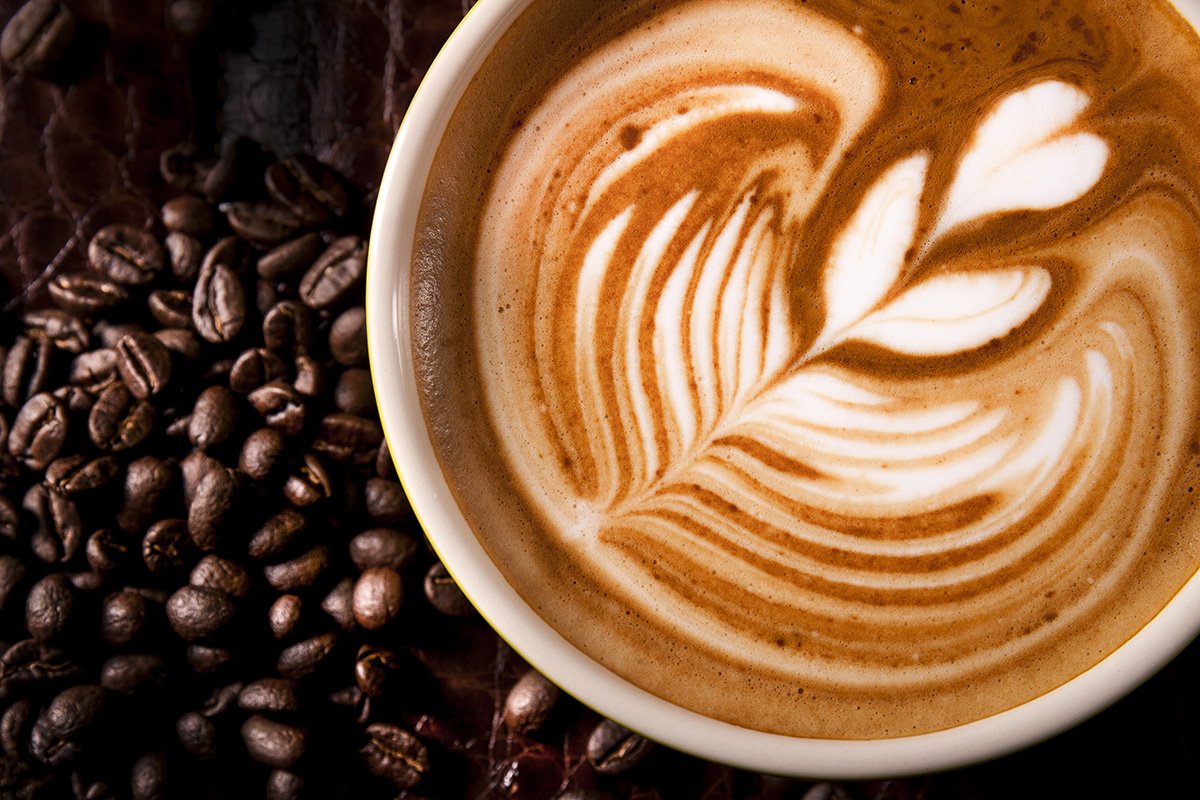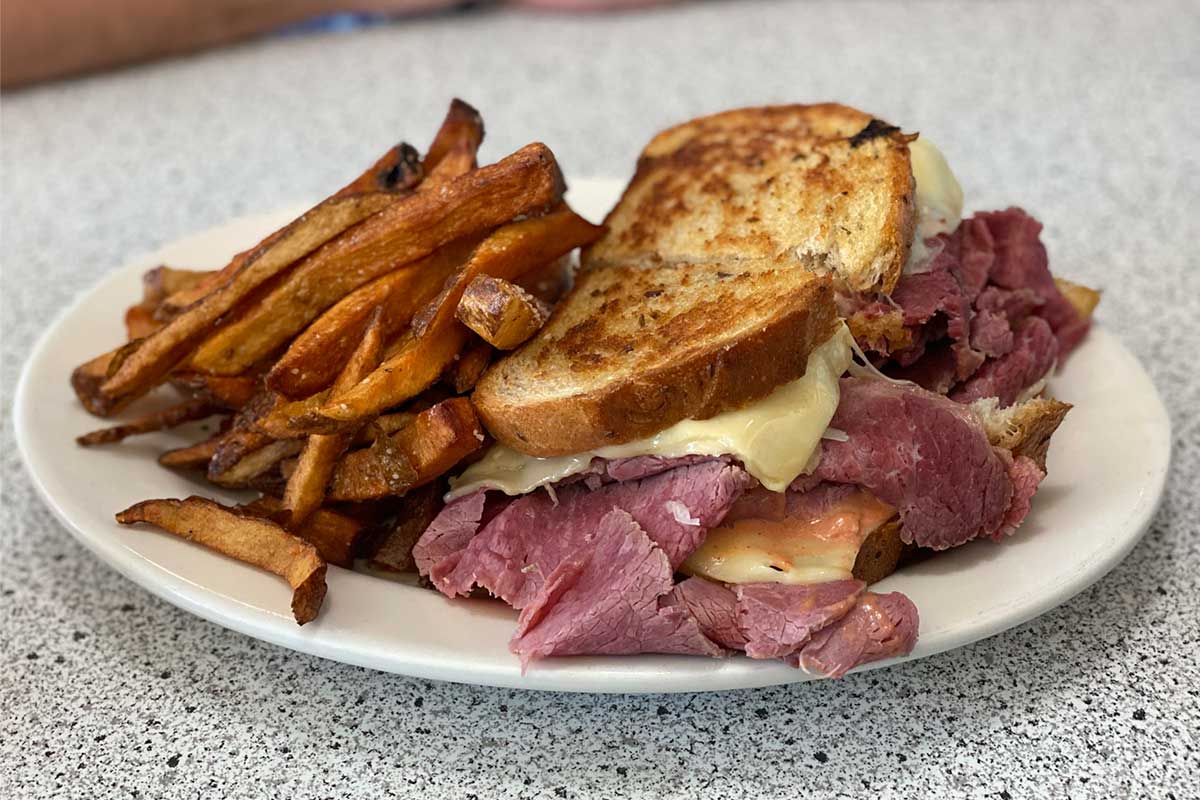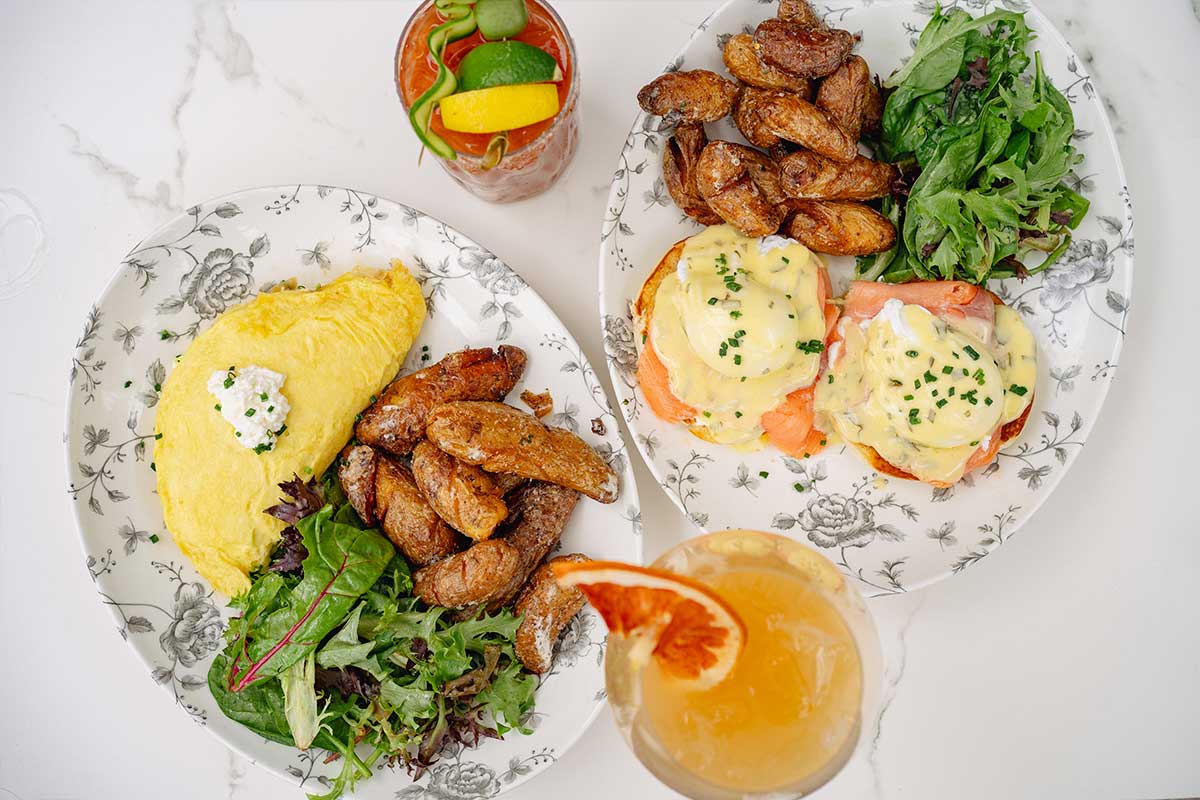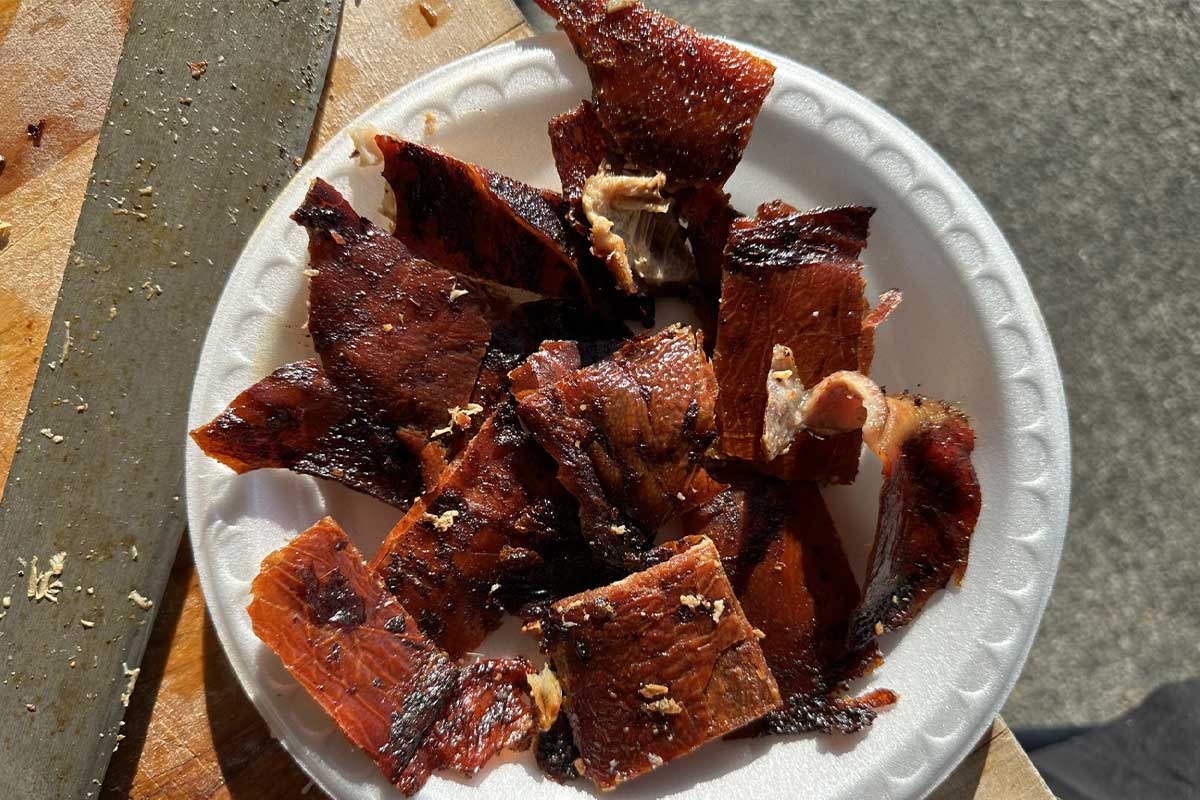
By Rina Rapuano
Cross the threshold of any independent coffee shop on the West Coast, New York or even D.C. proper, and you’ll likely find yourself confronted with phrases like “single-origin,” “pour over” and “nitro brew.” But in Northern Virginia, where stumbling upon a drive-thru Starbucks is like finding the holy grail, local roasters report that the craft-coffee movement is still percolating. The good news is that this ever-growing cadre of local roasters aims to educate our palates in a more accessible way than the stereotypical hipster barista whose seriousness and snottiness begs for a Saturday Night Live parody.
Paul Olsen, who owns Weird Brothers Coffee with his brother, Kenny, says that’s exactly the type of vibe he wants to avoid. “That’s great for people who really understand coffee and are true believers already, but it’s hard to bring people into the fold when you approach it with that kind of attitude,” he says of their M.O. at the Herndon roaster, where they sell beans and folks can sample the brew, and the mobile coffee bar rolling through the Dulles corridor. (The team is building a cafe within their 1,000-square-foot space, with an expected March opening.) “We want to educate people on coffee without being pretentious and full of ourselves.”
In his two years behind the counter and interacting with customers at Beanetics in Annandale, barista Victor Fisher has arrived at the same conclusion. When asked where he thinks the region’s coffee culture is headed, he instead answers with where he wants it to go: “I would like to see coffee shops try to push the envelope a bit with their customers,” he says. It’s the “rising tide lifts all boats” mentality, and it’s one that his boss shares. “It’s always great to see new roasters come in,” says David Starr, who owns Beanetics with his wife, Amy. “The more that consumers understand there’s a better product out there, the more they will try our product and those of our competitors.”
In the meantime, where exactly is Northern Virginia’s coffee culture headed? Current dining and drinking trends generally move from urban centers outward, such as the farm-to-table and craft-beer movements. Lighter roasting is one trend that’s taken hold in the third-wave coffee world (see sidebar below).
Bryan Becker, who opened Rare Bird Coffee Roasters in Falls Church with his wife, Lara Berenji, last October, says trendy lighter roasts help maintain the integrity of each bean variety’s unique flavor profile. “People have gotten away from doing overly dark roast coffees,” he says. “It kind of went super light for a while and shifted a little bit and went to a medium-light roast.”
Rare Bird sticks with light and medium roasts, but Becker points out it’s entirely possible to please those who are more comfortable with an old-school dark roast. “We get a lot of people who come in and ask for a dark-roast coffee, and we ask them, ‘Oh, do you like a bolder coffee rather than floral?’ And we’ll lead them toward a coffee with that style that isn’t necessarily roasted longer,” he says.
Fisher thinks talking in terms of light versus dark might be too simplistic. “We roast most of our stuff to more of a medium and dark,” says the Beanetics barista. “Third wave [is] usually going much lighter. I don’t necessarily think it’s better, but for those who are trying to unlock the bean, the light roast gives you more of the natural fruitiness or floralness of the bean. You get a more pure sense of what the bean is about, which is good for some beans and not for others.”
Becker, who originally started roasting coffee in a Whirley Pop popcorn maker on his stovetop, feels that moving toward a medium-light roast might be where coffee geekery is headed: “We’re trying to develop the coffee so it has less of a sour greenish flavor that it’s had in the past—at least we try, anyway.”
Starr, however, likes to dig deeper than the color of the bean when he talks about roasting. “How you roast the coffee is a combination of not just how dark it is at the end of production but what you do during the roasting cycle,” he says. “It’s an art form. We can take the same bean and make it taste like licorice or a caramel candy bar depending on how you’ve applied the air and the heat throughout the roasting cycle.”
Particular roasting profiles might be trendy, but they mean nothing without a quality bean. Developing a relationship with a roaster you trust usually translates into knowing care has been taken to source from socially conscious farmers, the same way you curate your purchasing power by shopping at a farmers market.
“We bring in what are known as micro-lots, coffee from small producers,” says Starr, who opened Beanetics eight years ago. “Big chains can’t really buy those because there’s not enough of it. We have the capacity to bring in very unique types of coffees. Every year it’s different, and to me it’s just exciting to find these coffees that farmers put so much time into producing.”
Starr also likens buying single-origin beans to choosing a wine, right down to the compelling stories often trotted out by sommeliers about boutique wineries. “People love to hear the stories behind the farmers and their families—what went on in the country of origin to make the coffee what it is. Some of these farms have been handed down for generations,” he says.
He laments the fact that the selection of beans for East Coast coffee shops remains inferior to what’s happening on the West Coast. “Our bean selection is good, but it’s even better if you’re on the West Coast,” he says. “I’ve trucked in pallets of coffee from West Coast suppliers when I can’t find what I’m looking for on the East Coast.”
Of course, freshness is another essential factor. Under the proper conditions, unroasted green beans can hang around for months, but once they’re roasted, the clock starts ticking with far more urgency. (Read more about buying and storing coffee here.)
While the general consensus is that Northern Virginia’s third wave has yet to fully materialize, local roasters say there is no shortage of customers who are ready to dive in, and there are new converts every day.
“Just looking at people’s faces when they try our coffee and compare it to what they’ve been drinking,” Olsen says of people’s reactions to his java. “There’s just so much more out there than what you’re used to.”
What’s third wave?
In coffee circles, third wave refers to the current movement toward thinking of coffee as a high-quality, artisanal product with distinctive flavor profiles, depending on where it’s grown and how it’s roasted. The first wave was likely the industrialization and mass production of coffee that resulted in brands like Folgers, while the second wave is thought to refer to large West Coast companies like Starbucks and Peet’s that brought specialty coffees to the masses—but with more emphasis on country of origin rather than the farm where the beans are grown. Just as farm-to-table chefs have put farm names on their menus, third-wave coffee shops are more exacting when highlighting their sources.




